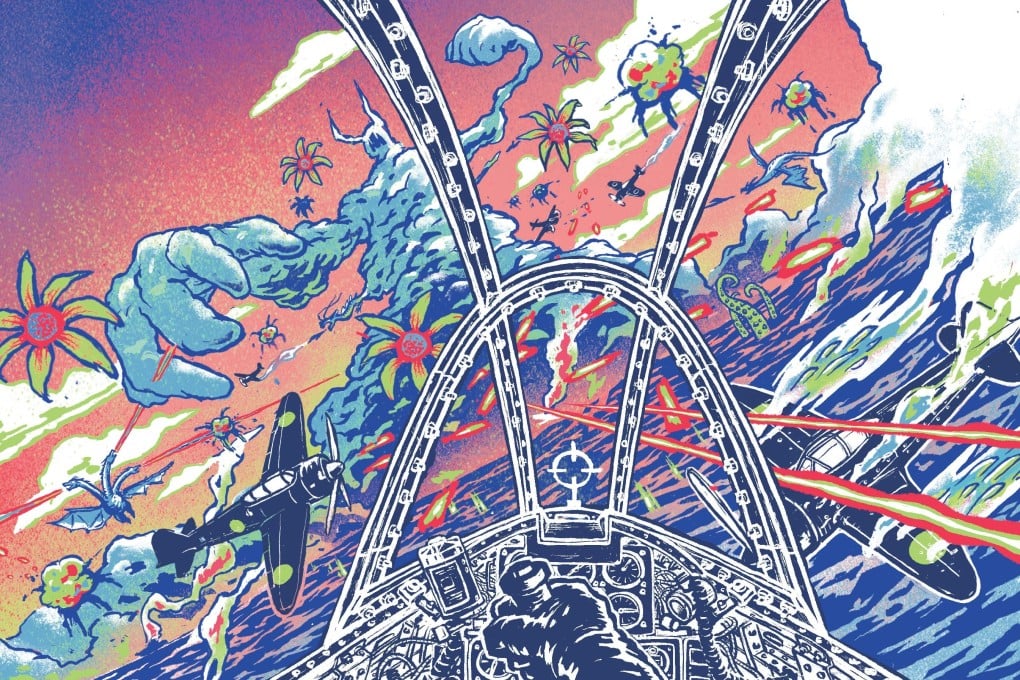How World War II got Japan and the US hooked on amphetamines, ‘the ultimate military performance enhancing drug’
In this second excerpt of Peter Andreas’ book Killer High, the author recounts how a post-war surplus of the drug triggered addiction epidemics on both sides of the Pacific

In The Art of War , Sun Tzu wrote that speed is “the essence of war”. While he, of course, did not have amphetamines in mind, he would no doubt have been impressed by their powerful war-facilitating psychoactive effects. Amphetamines – often called “pep pills”, “go pills”, “uppers” or “speed” – are a group of synthetic drugs that stimulate the central nervous system, reducing fatigue and appetite and increasing wakefulness and a sense of well-being.
Methamphetamine is a particularly potent and addictive form of the drug, best known today as “crystal meth”. All amphetamines are now banned or tightly regulated. The quintessential drug of the modern industrial age, amphetamines arrived relatively late in the history of mind-altering substances – commercialised just in time for mass consumption during World War II by the leading industrial powers.
Few drugs have received a bigger stimulus from war. As Lester Grinspoon and Peter Hedblom wrote in their 1975 study The Speed Culture, “World War II probably gave the greatest impetus to date to legal medically authorised as well as illicit black market abuse of these pills on a worldwide scale.” The story of this drugs-war relationship is therefore mostly about the proliferation of synthetic stimulant use during World War II and its speed-fuelled aftermath.
While produced entirely in the laboratory, amphetamines owe their existence to the search for an artificial substitute for the ma-huang plant, better known in the West as ephedra. This relatively scarce desert shrub had been used as a herbal remedy for more than 5,000 years in China, where it was often ingested to treat common ailments such as coughs and colds and to promote concentration and alertness, including by night guards patrolling the Great Wall of China.

In 1887, Japanese chemist Nagayoshi Nagai successfully extracted the plant’s active ingredient, ephedrine, which closely resembled adrenaline, and in 1919, another Japanese scientist, Akira Ogata, developed a synthetic substitute for ephedrine. But it was not until amphetamine was synthesised in 1927, at a University of California at Los Angeles laboratory by young British chemist Gordon Alles, that a formula became available for commercial medical use.
Alles sold this formula to Philadelphia pharmaceutical company Smith, Kline & French, which brought it to the market in 1932 as the Benzedrine inhaler (an over-the-counter product to treat asthma and congestion) before introducing it in tablet form a few years later. “Bennies” were widely promoted as a wonder drug for all sorts of ailments, from depression to obesity, with little apparent concern or awareness of their addictive potential and the risk of longer-term physical and psychological damage. And with the outbreak of another world war, it did not take long for such large-scale pill pushing to also reach the battlefield.
